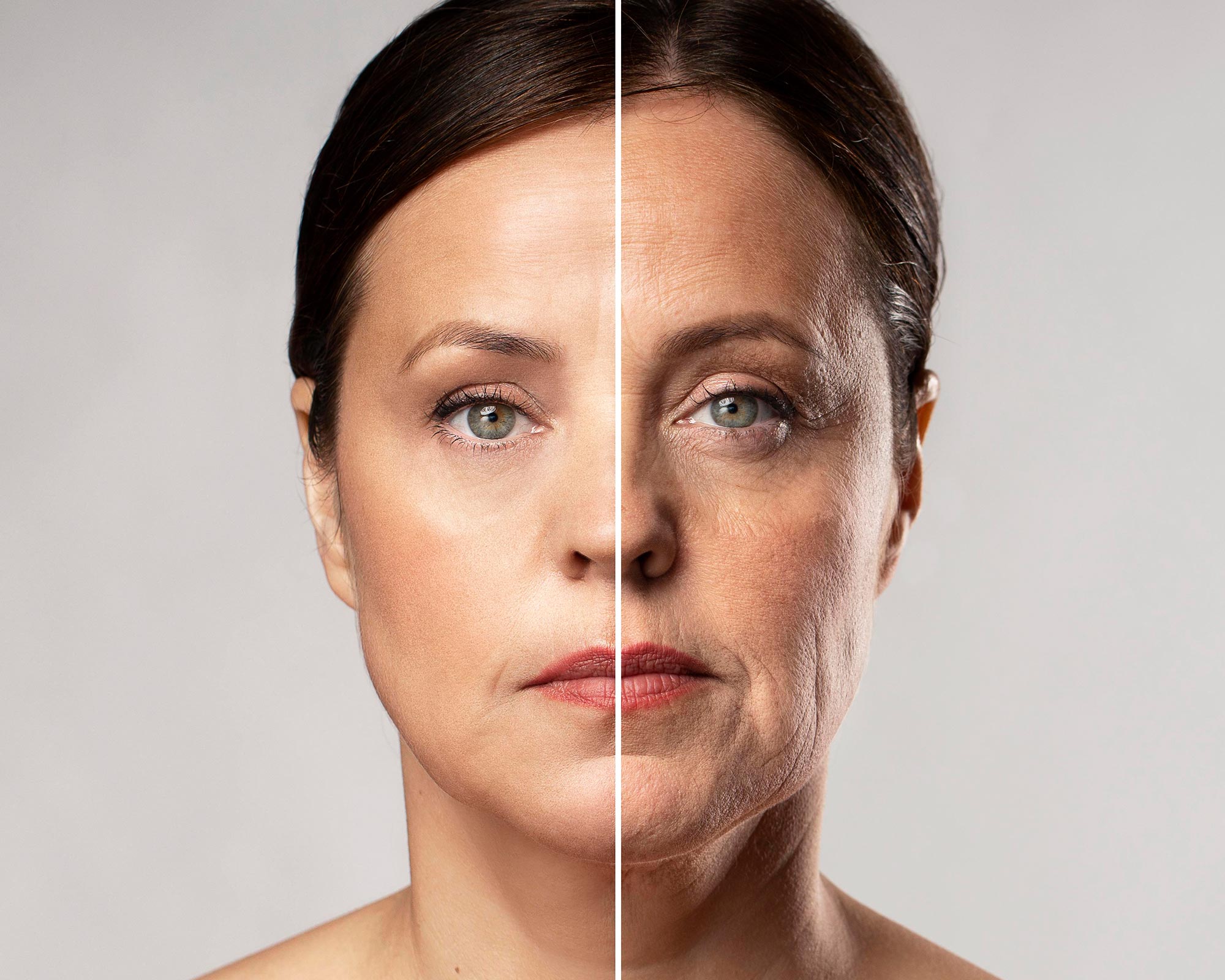

Extractele de cocklebur, care sunt derivate din fructele unei plante considerate adesea buruieni, au demonstrat potențialul de a proteja pielea, de a accelera vindecarea rănilor și de a combate ridurile datorită proprietăților sale antioxidante și antiinflamatorii. Cercetătorii au descoperit că aceste extracte au redus daunele UV și au îmbunătățit vindecarea rănilor în testele de laborator, afectând în același timp producția de colagen, care menține elasticitatea pielii. Rezultatele sugerează că Cocklebur ar putea fi un ingredient valoros în cosmetice, mai ales atunci când este combinat cu alți compuși eficienți, cum ar fi acidul hialuronic sau acidul retinoic, pentru a lupta împotriva îmbătrânirii.
Extractele de cocklebur pot proteja pielea, accelerează vindecarea rănilor și pot evita ridurile.
Un nou studiu arată că fructul plantei cocklebur, care crește în toată lumea și este adesea considerată o buruiană dăunătoare, conține componente antioxidante și antiinflamatorii care l-ar putea face util ca un protector al pielii.
Cercetătorii au descoperit că compușii din[{” attribute=””>species’ spiky fruits reduced damage from UVB exposure and sped wound healing in laboratory tests using cells and tissues. The cocklebur extracts also appear to influence the production of collagen, a protein that gives skin its elasticity and prevents wrinkles.
“We found that cocklebur fruit has the potential to protect the skin and help enhance production of collagen,” said Eunsu Song, a doctoral candidate at Myongji University in South Korea, who conducted the research with Myongji University Professsor Jinah Hwang. “In this regard, it could be an attractive ingredient for creams or other cosmetic forms. It will likely show a synergistic effect if it is mixed with other effective compounds, such as hyaluronic acid or retinoic acid, against aging.”
Song presented the new research at Discover BMB, the annual meeting of the American Society for Biochemistry and Molecular Biology, March 25–28 in Seattle.

Cocklebur (Xanthium strumarium) is a species of flowering plant belonging to the Asteraceae family. It is an annual, herbaceous plant known for its rough, oval-shaped burs, which are covered in hooked spines. These burs easily attach themselves to clothing, fur, and feathers, enabling the plant’s seeds to be dispersed over long distances. Cocklebur is native to the Americas but has become an invasive species in various parts of the world. It is considered a noxious weed in some regions due to its toxicity and impact on agriculture. The plant’s seeds and seedlings contain a toxic substance called carboxyatratyloside, which can be harmful or even fatal to humans and animals if ingested in significant amounts.
Cocklebur is a plant native to Southern Europe, Central Asia, and China that has spread worldwide, often found in moist or sandy areas such as roadside ditches and riverbanks. Its distinctive fruits, covered in stiff husks and burrs, have been used for centuries in traditional medicines for headache, stuffy nose, disorders of skin pigmentation, tuberculosis-related illness and rheumatoid arthritis. In recent years scientists have explored its potential use in treatments for rheumatoid arthritis and cancer.
The new study is the first to examine the fruit’s properties as a wound-healing agent and skin protectant. Researchers first studied the molecular properties of cocklebur fruit extracts and isolated particular compounds that could contribute to antioxidant and anti-inflammatory effects. They then used cell cultures and a 3D tissue model with properties similar to human skin to study how these compounds affect collagen production, wound healing, and damage from UVB radiation.
The results showed that the cocklebur fruit extracts encouraged collagen production, sped wound healing and exerted a protective effect against UVB radiation. Comparing the bioactivity of cocklebur fruits grown in different places, the researchers found that fruits grown in South Korea had slightly higher anti-oxidant and anti-inflammatory properties and greater wound-healing activity than those grown in China.
Researchers cautioned that high doses of cocklebur fruit extract can be harmful and further research is needed to determine how to use it safely in cosmetic or pharmaceutical applications.
“In its burrs, cocklebur fruit also has a toxic constituent, carboxyatractyloside, which can damage the liver,” said Song. “Cocklebur showed a potential as a cosmetic agent by increasing collagen synthesis; however, it showed negative results with higher concentrations. Therefore, finding the proper concentration seems very important and would be key to commercializing cocklebur fruit extracts in cosmetics.”
Moving forward, the researchers plan to further study the biological mechanisms involved and conduct experiments in animal alternatives to explore ways to safely adapt cocklebur fruit extracts for use in cosmetic products.
Meeting: Discover BMB
This research was supported by the National Research Foundation of Korea (NRF) grant funded by the Korea government (MIST) (No. NRF-2021R1A2C10 12890).

„Mândru pasionat al rețelelor sociale. Savant web fără scuze. Guru al internetului. Pasionat de muzică de-o viață. Specialist în călătorii.”





More Stories
Simulările pe supercomputer dezvăluie natura turbulenței în discurile de acumulare a găurilor negre
Trăiește cu anxietate: sfaturi de specialitate despre cum să accepti o afecțiune de sănătate mintală
Noile cercetări asupra unei falii masive de tracțiune sugerează că următorul cutremur mare ar putea fi iminent